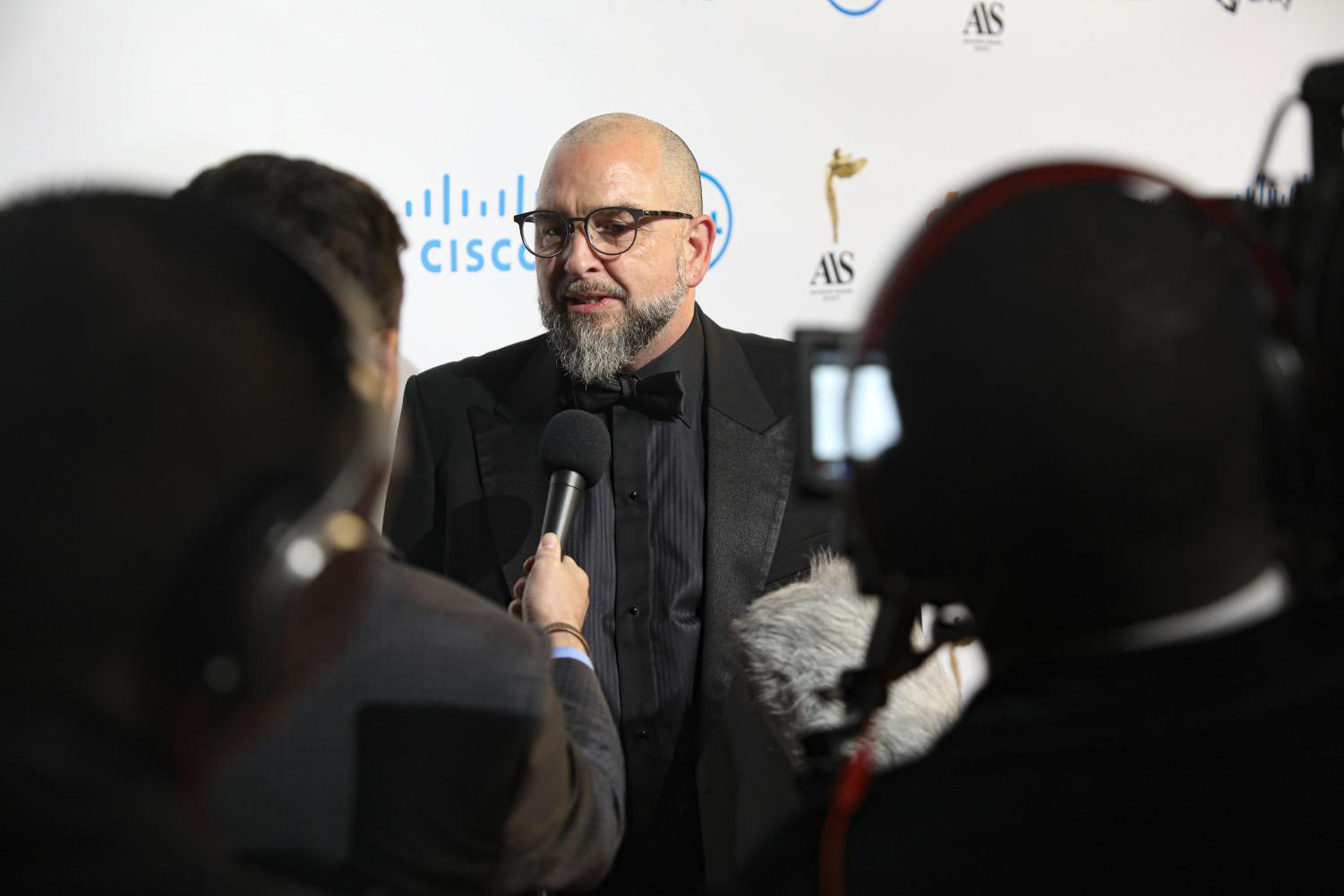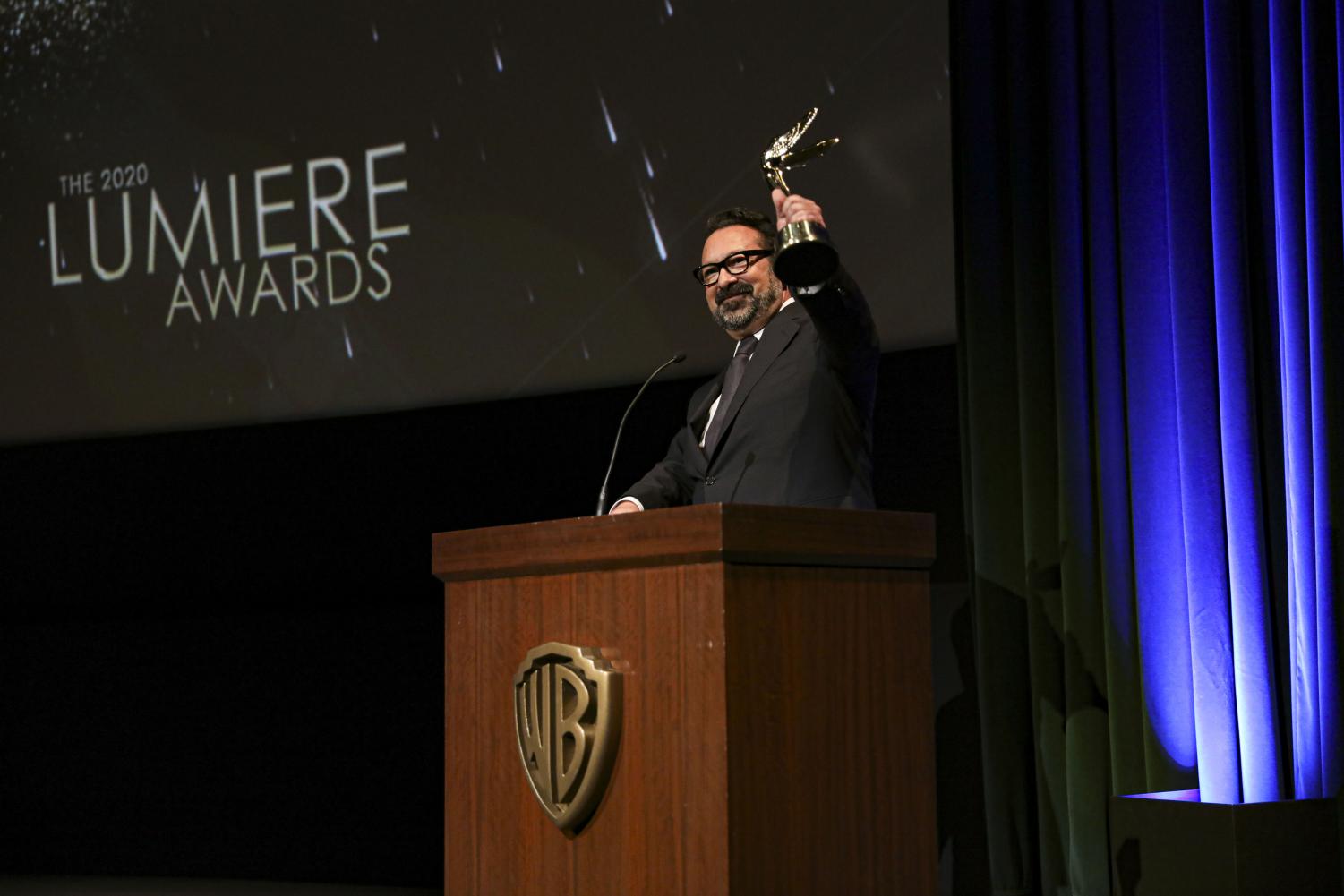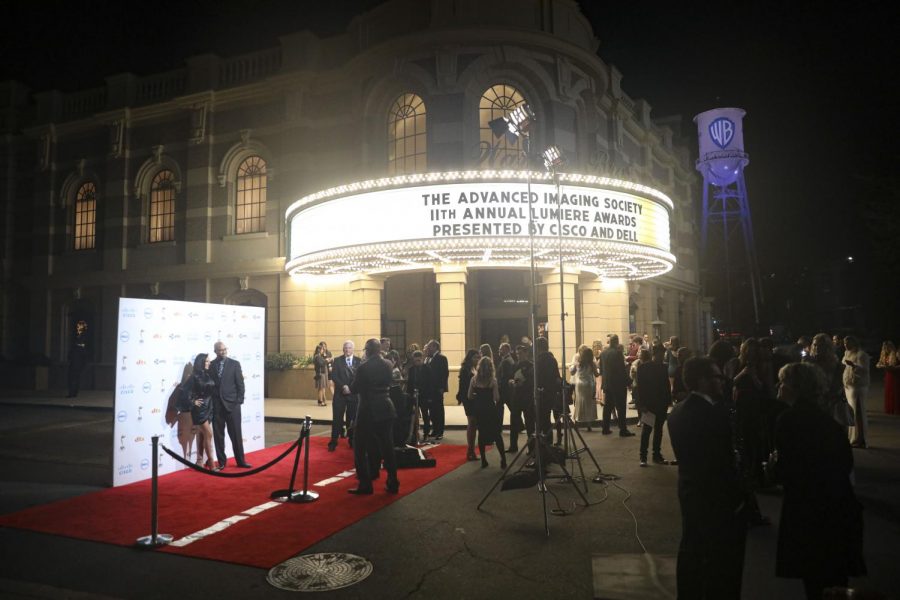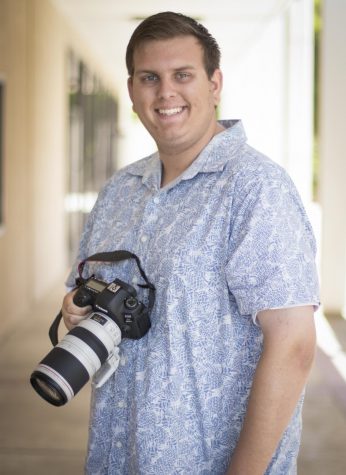Film industry professionals discuss new technology and education at Lumiere Awards
Crowds gather outside after the conclusion of the 11th annual Lumiere Awards at the Warner Brothers lot in Burbank, Calif. on Jan. 22. Photo credit: Ryan Bough
January 24, 2020
Wednesday night, the Advanced Imaging Society hosted the 11th Annual Lumiere Awards at Warner Bros. Studios in Burbank. Created to honor advancements and innovation in technology, the Lumiere awards also served to highlight the new technologies that go into making films and games.
Unity Technologies received the Sir Charles Wheatstone Award, which is awarded to organizations judged to have significantly advanced the arts and sciences of 3D. Unity Technologies Creative and Technical Director Ron Martin attended the awards ceremony and spoke in regards to the effects of new technologies on the learning process for both filmmaking and game design.

“Well, ultimately now, you can make a game without writing a single line of code in Unity … In film and animation, we remove what I think is a major hub, or a speed bump for a lot of people, which is the process of rendering,” stated Martin. “So, working in real time … you can do more iterations, you can see your work faster, you can then change it up and make it better, and with those iterations create a more finessed final project.”
Meanwhile, Disney took home a host of awards, with “Frozen 2,” “Star Wars: Rise of Skywalker,” “Avengers: Endgame” and “Aladdin” all earning awards in different categories. Disney’s biggest award of the night though, came from its Disneyland and Walt Disney World attraction “Star Wars: Galaxy’s Edge,” which earned Walt Disney Imagineering the Lumiere for “Best Location Based Entertainment.” This particular Lumiere is unique as it’s only awarded when a candidate rises to a suitable level.

Scott Trowbridge was present at the ceremony as one of the representatives for Walt Disney Imagineering. When asked about the effect of new technologies on filmmaking, Trowbridge emphasized the ease of making films now and pointed to the actual content of a film as the new differentiator.
“I think from a film school perspective … part of that was about learning the tools of the trade because the barrier to entry was about ‘Can you master the technology? Can you master the machinery of creativity?’ and I do feel like that is much less of an important issue today because those tools are so ubiquitous. They’re available on everyone’s phones or in everyone’s pocket. It really now boils down to ‘Do you have a great story to tell? Do you have a point of view?'” Trowbridge shared.
Meanwhile, Walt Disney Imagineer Paul Bailey emphasized the need for a broader education, drawing on his experience working on “Star Wars: Galaxy’s Edge.”
Bailey emphasized, “Focus-wide: don’t specialize. The ability to learn, focusing on the ability to stay pliable, continually being a professional student, that’s really the key. There’s so much that we thought we knew at the beginning of this whole adventure that we had to re-learn and sometimes learn something completely different than what we’d anticipated.”
Finally, Dell’s Gary Radburn discussed the potential of augmented reality and virtual reality in the learning process, then transitioned to the rise of esports in schools to point out how new technologies are used to attract new students.
Radburn stated, “Then we start to see the advent of e-sports and curriculums around that … we’re starting to see people putting curriculums for those e-sports programs, using those as an attraction tool for students to come in.”










